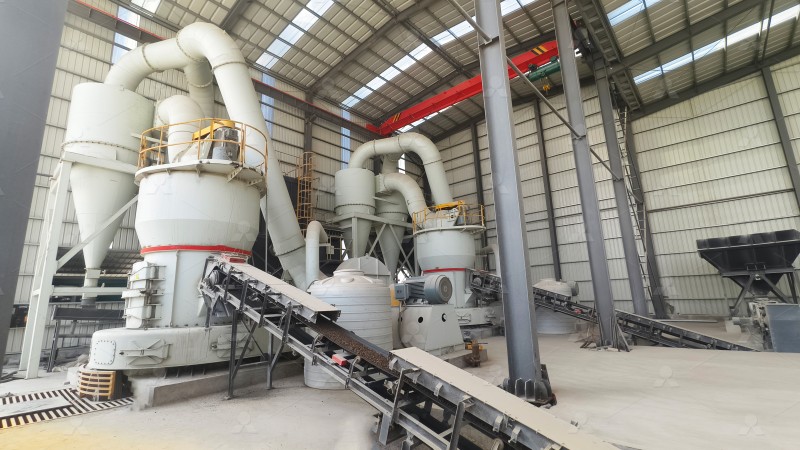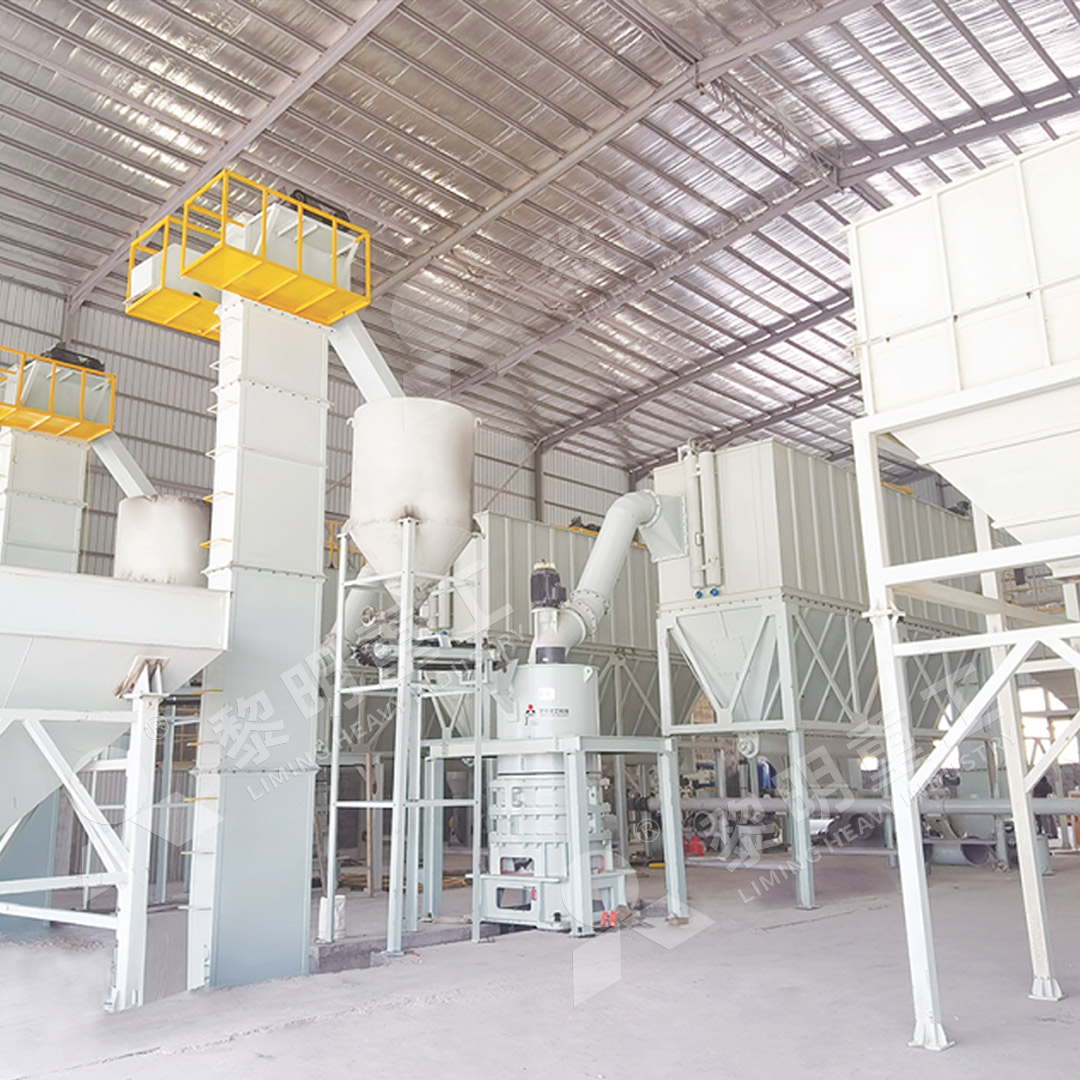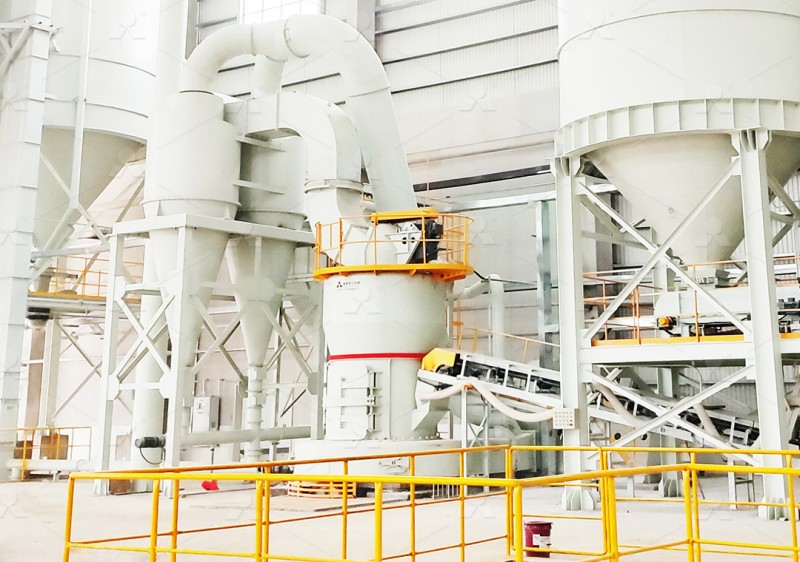Raymond Mill from Shanghai Manufacturer: High-Efficiency Grinding for Industrial Minerals
Raymond Mill from Shanghai Manufacturer: High-Efficiency Grinding for Industrial Minerals
In the competitive landscape of industrial mineral processing, achieving optimal grinding efficiency while maintaining cost-effectiveness remains a paramount challenge for operations managers and plant engineers worldwide. The evolution of grinding technology has brought forth sophisticated solutions, with Raymond Mill standing as a proven workhorse in numerous applications across diverse industries.
Modern Raymond Mill systems represent significant advancements over their predecessors, incorporating innovative engineering that enhances performance while reducing operational costs. These mills excel in processing various industrial minerals including limestone, calcite, dolomite, barite, talc, and gypsum, delivering consistent particle size distribution crucial for downstream processes.

Advanced Grinding Technology for Modern Demands
Contemporary Raymond Mill designs integrate multiple technological improvements that address common pain points in mineral processing. The optimized grinding curve geometry between rollers and rings ensures maximum material contact and efficient size reduction. Advanced air classification systems provide precise control over final product fineness, while robust construction minimizes maintenance requirements and extends operational lifespan.
One notable advancement in grinding technology is our MW Ultrafine Grinding Mill, which represents a significant leap forward in ultrafine powder production. With an input size capability of 0-20 mm and capacity ranging from 0.5 to 25 tons per hour, this machine is engineered for customers requiring ultra-fine powder between 325-2500 meshes. The innovative cage-type powder selector, incorporating German technology, ensures exceptional precision in particle separation, achieving screening rates of d97≤5μm in a single pass.
Operational Efficiency and Environmental Considerations
The economic viability of any grinding operation depends heavily on energy consumption and operational stability. Modern Raymond Mill configurations address these concerns through intelligent design features that reduce power requirements while maintaining output quality. Compared to traditional ball mills, these advanced systems can achieve energy savings of 30-40%, significantly impacting operational expenses.
Environmental compliance is another critical consideration for industrial operations. The integration of efficient pulse dust collectors and mufflers in systems like our MW Ultrafine Grinding Mill effectively contains particulate matter and reduces noise emissions, ensuring operations meet stringent environmental standards without compromising productivity.

Specialized Applications Across Industries
The versatility of modern grinding equipment enables applications across multiple sectors. In the chemical industry, precisely ground minerals serve as fillers and additives in products ranging from paints to cosmetics. Construction materials benefit from consistent mineral powders that enhance product properties, while the food and pharmaceutical industries rely on ultra-pure, contamination-free grinding for their additive preparations.
For operations requiring even greater precision and specialized capabilities, our LUM Ultrafine Vertical Grinding Mill offers exceptional performance. With its unique roller shell and lining plate grinding curve, this mill generates material layers more effectively, enabling high rates of finished products through single-pass powder milling. The PLC control system and multi-head powder separating technology provide unprecedented control over grinding parameters, reducing energy consumption by 30-50% compared to conventional mills.
Reliability and Maintenance Advantages
Downtime represents one of the most significant costs in mineral processing operations. Modern grinding mills incorporate design features that address this concern directly. The absence of rolling bearings and screws in the grinding chamber of mills like the MW series eliminates common failure points, while external lubrication systems enable maintenance without production interruptions.
Additionally, reversible structures in advanced models like the LUM Ultrafine Vertical Grinding Mill facilitate easier access to grinding components, reducing the time and labor required for inspection and replacement of wear parts. These design considerations translate directly to improved operational availability and reduced total cost of ownership.

Frequently Asked Questions
What is the typical lifespan of critical components in modern Raymond Mills?
With proper maintenance, grinding rollers and rings manufactured from specialized wear-resistant alloys typically last 1.7-2.5 times longer than traditional components, with some operations reporting service lives exceeding 10,000 hours of operation.
How does the energy consumption of Raymond Mills compare to alternative grinding technologies?
Advanced Raymond Mill systems consume approximately 30-40% less energy than traditional ball mills and 30% less than jet mills when processing similar materials to equivalent fineness specifications.
What level of automation can be expected from modern grinding systems?
Contemporary mills feature comprehensive PLC control systems that enable remote operation, automatic adjustment of grinding parameters, and real-time monitoring of production metrics, significantly reducing manual intervention requirements.
How do environmental considerations factor into mill design?
Modern grinding systems operate under negative pressure with integrated pulse jet dust collectors that achieve filtration efficiencies exceeding 99.9%, ensuring emissions remain well below international regulatory standards.
What technical support is available for operational troubleshooting?
Manufacturers typically provide comprehensive technical services including operational training, maintenance guidance, and access to genuine spare parts, with many offering remote diagnostics capabilities to minimize downtime.
